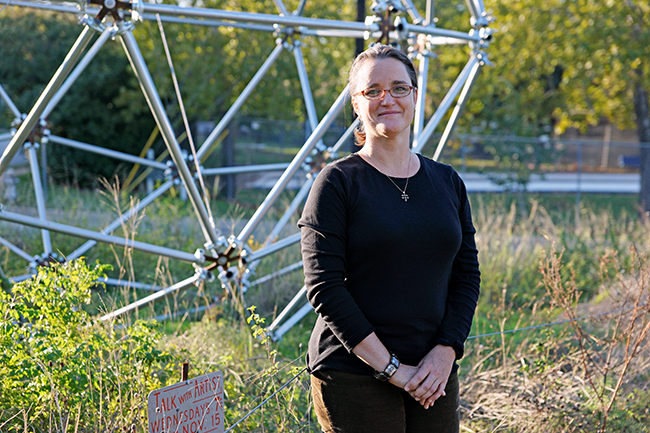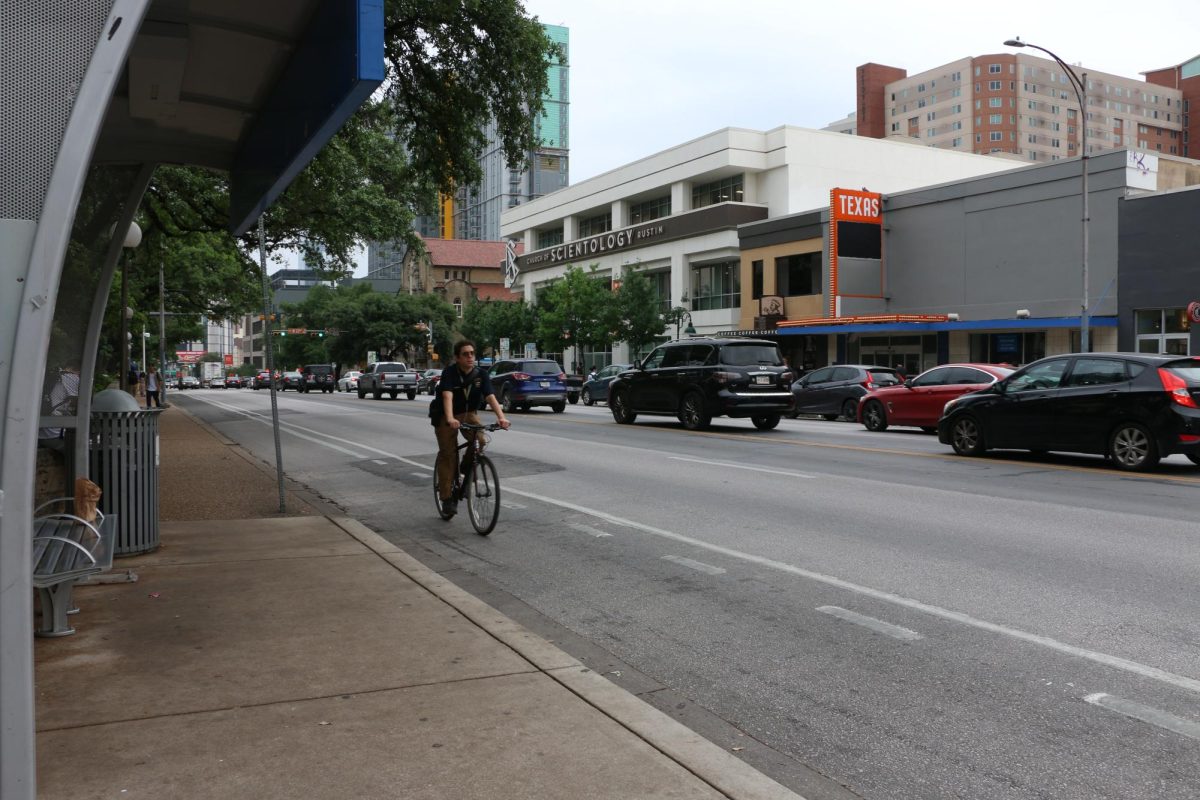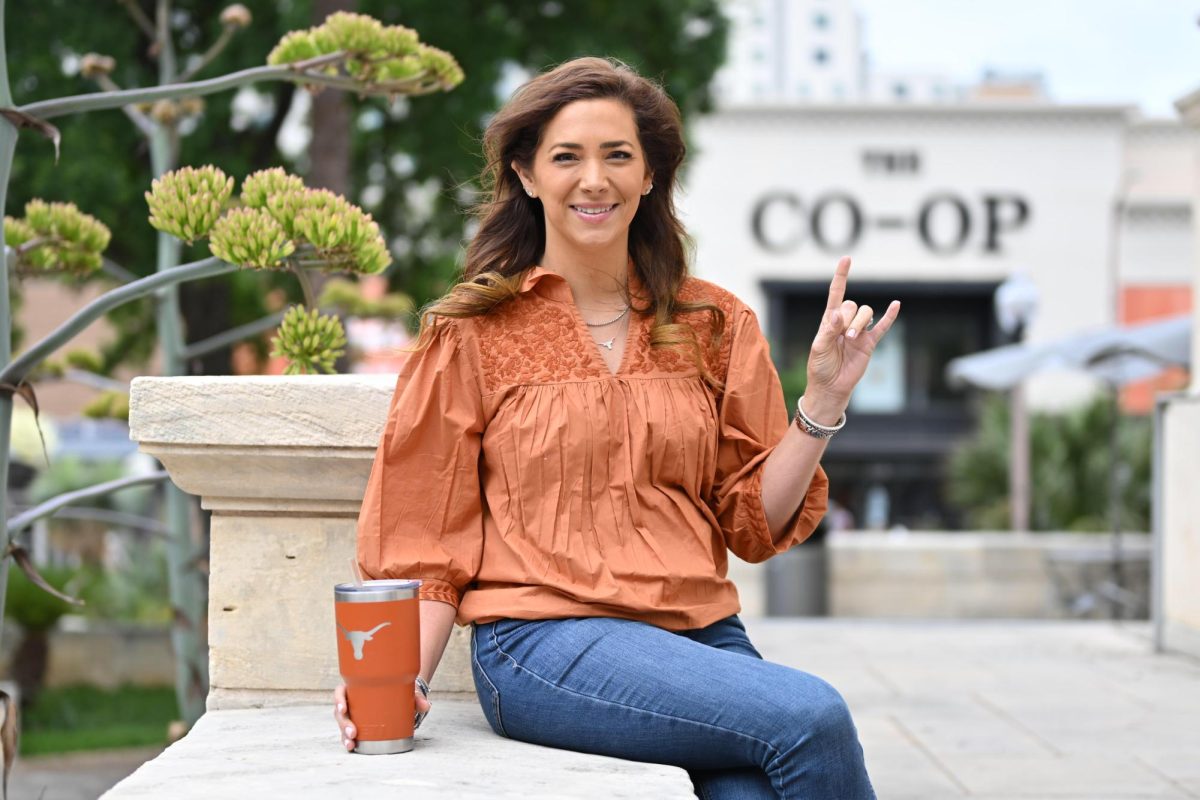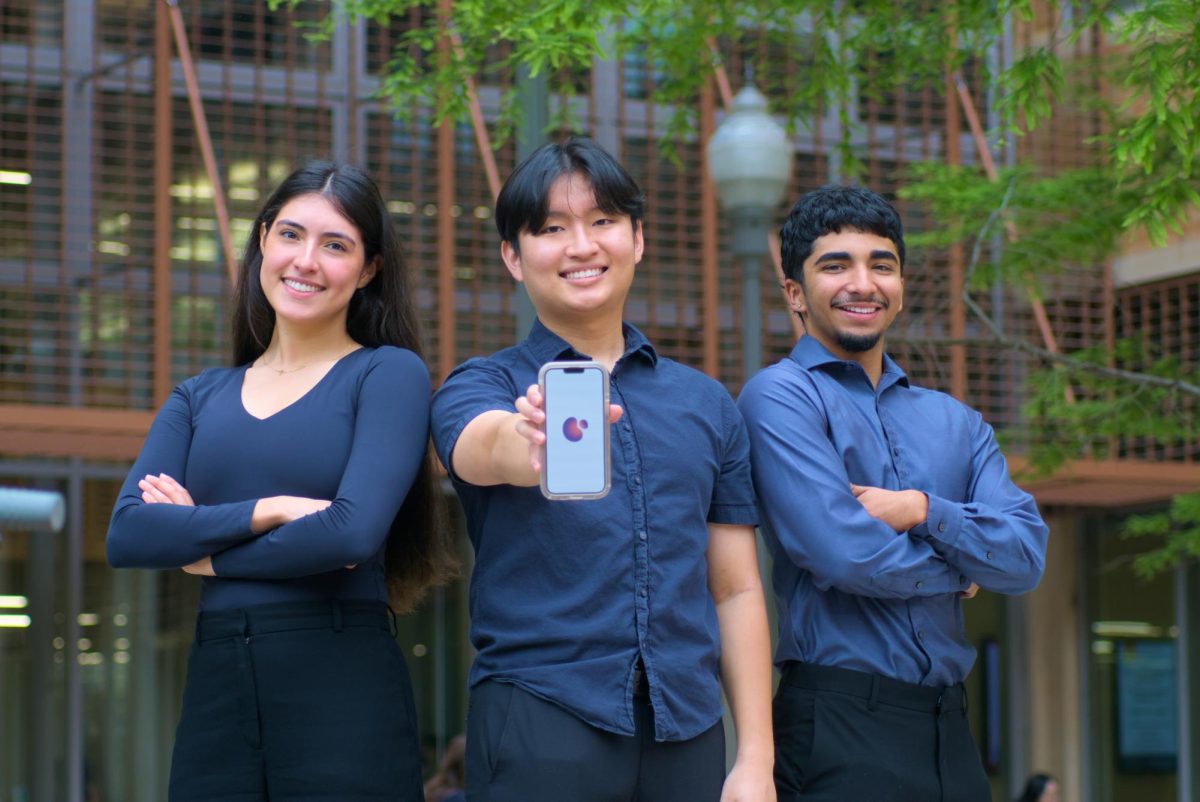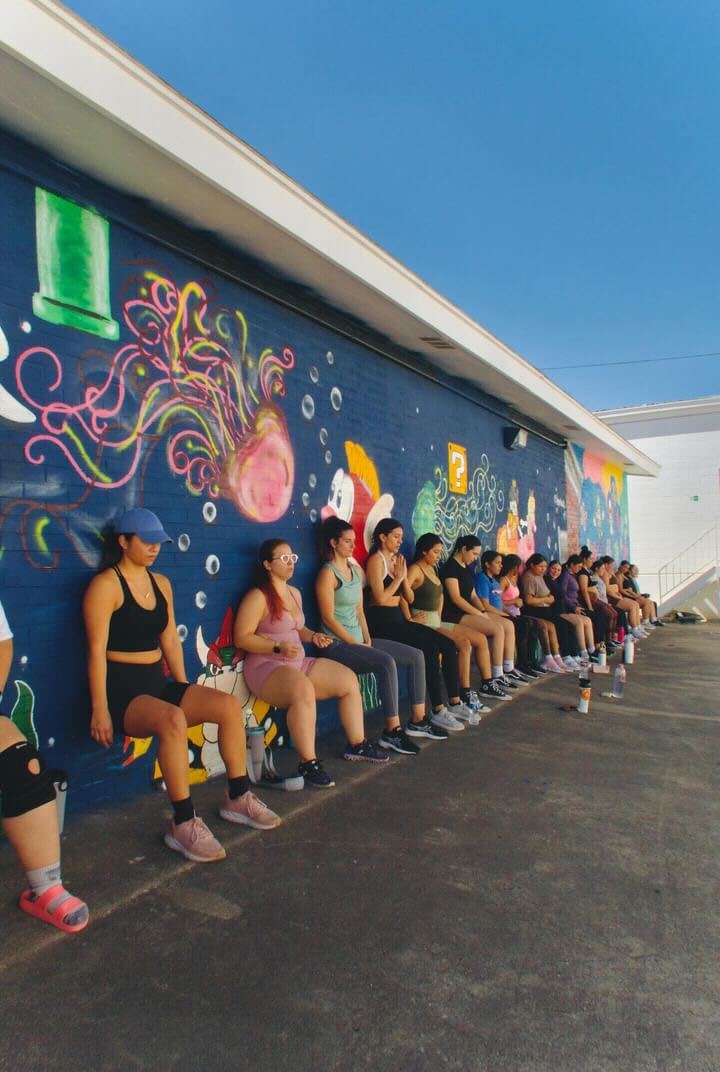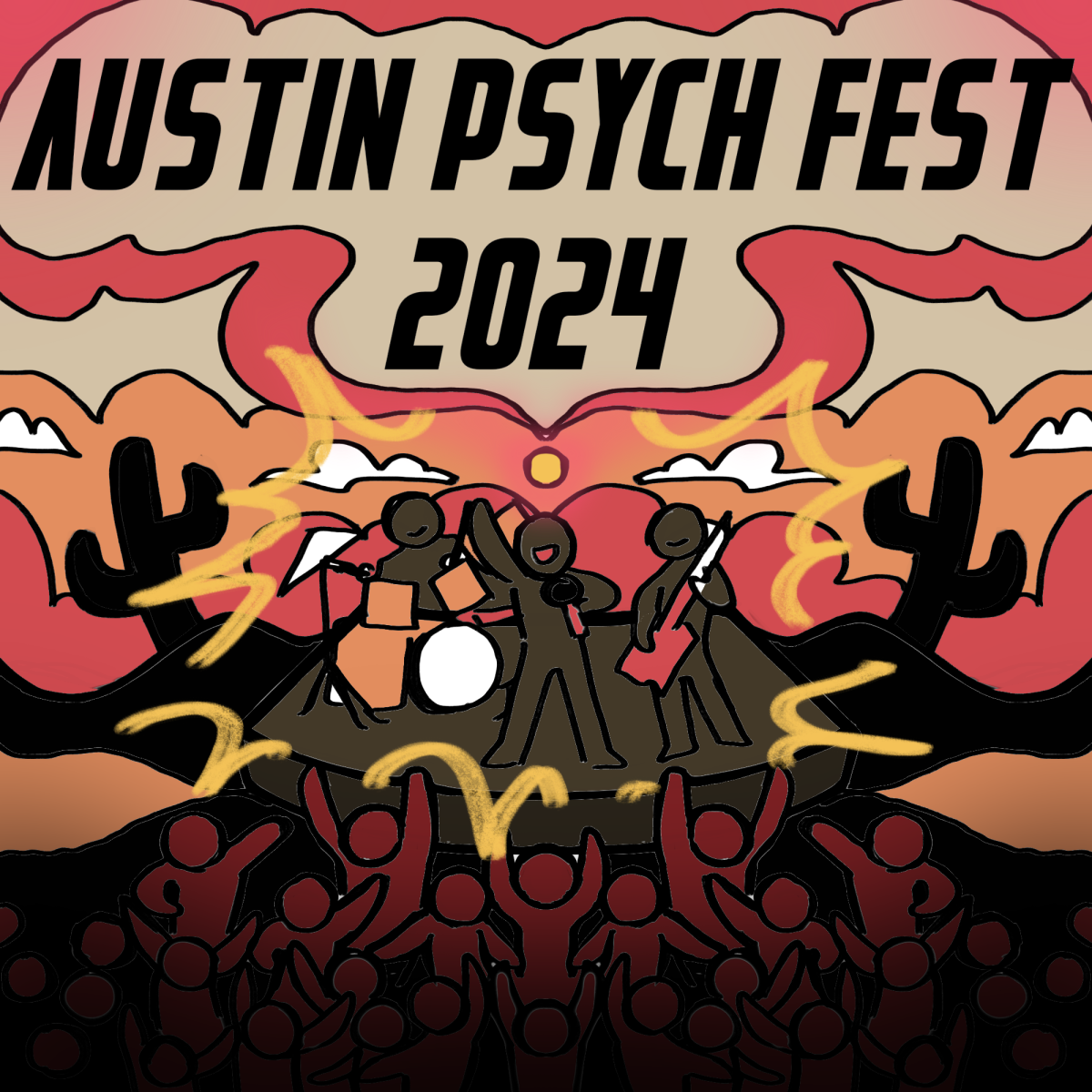UT alumna Lynn Osgood had an idea that she could not shake. Austin was in the midst of a political shift, as the city prepared to abandon its system of electing city council members at-large. Instead, 10 newly drawn districts would begin electing their own city council members in November 2014. Osgood, an urban planner, wondered: “How can public art help us through these political changes?”
Osgood’s question is now the basis for Drawing Lines, a public-private partnership between the City of Austin and Osgood’s architecture and planning firm, GO Collaborative. Drawing Lines places artists in each district to interact with the community and create public art centered around the area’s defining qualities.
“We’re looking at public art at the scale of the city,” Osgood said. “There’s an amazing diversity of ways in which the artists have approached the city.”
The lineup of artists includes chefs, musicians, painters and poets, all of whom will be rolling out projects in their districts over the next few months. Their work will then be displayed together in early 2016. Osgood said engaging the community is one of the key aims of Drawing Lines.
“Traditionally, engagement happens when you start approaching community leaders, and the artists they approached it much differently,” Osgood said. “They started approaching people just as individuals.”
Adrian Quesada, a UT alumnus and member of the Grammy Award-winning band Grupo Fantasma, is the featured artist for District 3, which spans much of the east side. A 15-year resident of the district, Quesada spent time examining the issues at the heart of the community.
“It was probably one of the most challenging things I’ve been a part of,” Quesada said. “To represent an entire district of a city is a pretty daunting thing.”
For the project, Quesada wrote a cumbia piece that incorporates marching band and hip-hop sounds. Quesada said he aims to bridge the generational gap in the community by recording his song with youth and adults alike.
“A lot of people that have been here for a long time are getting priced out,” Quesada said. “Something I really wanted to do was to have kids on a song with an 80-year-old who has lived in the neighborhood for longer than a lot of their parents have been alive.”
Other artists, such as UT alumnus Patrick Bresnan and Ivete Lucas in District 8, experienced a greater challenge in connecting with a community in which they are not residents.
“It takes so much energy just to learn about a place,” Bresnan said. “I was driving almost every day after work. We spent an incredible amount of time in the district trying to get inspired.”
Bresnan and Lucas will be working with Natural Gardener, a local garden center, to give plants to residents this Saturday. Bresnan and Lucas have also hired an actress to interview residents at the give-away, and plan to make a short film from the footage.
“We decided to give the grant back to these people,” Bresnan said. “Art doesn’t have to be a photograph. It can be an action or performance. Giving the plants back to these people is kind of a performance.”
Osgood said although the project centers around a political event, the artworks themselves are not political. She said she believes this is a reason that people are able to connect with the work.
“I think that the response has been positive because no one is coming out and taking a position,” Osgood said. “What they are doing is reacting authentically to individual people and certain circumstances within the district, and creating an artistic response to that.”



